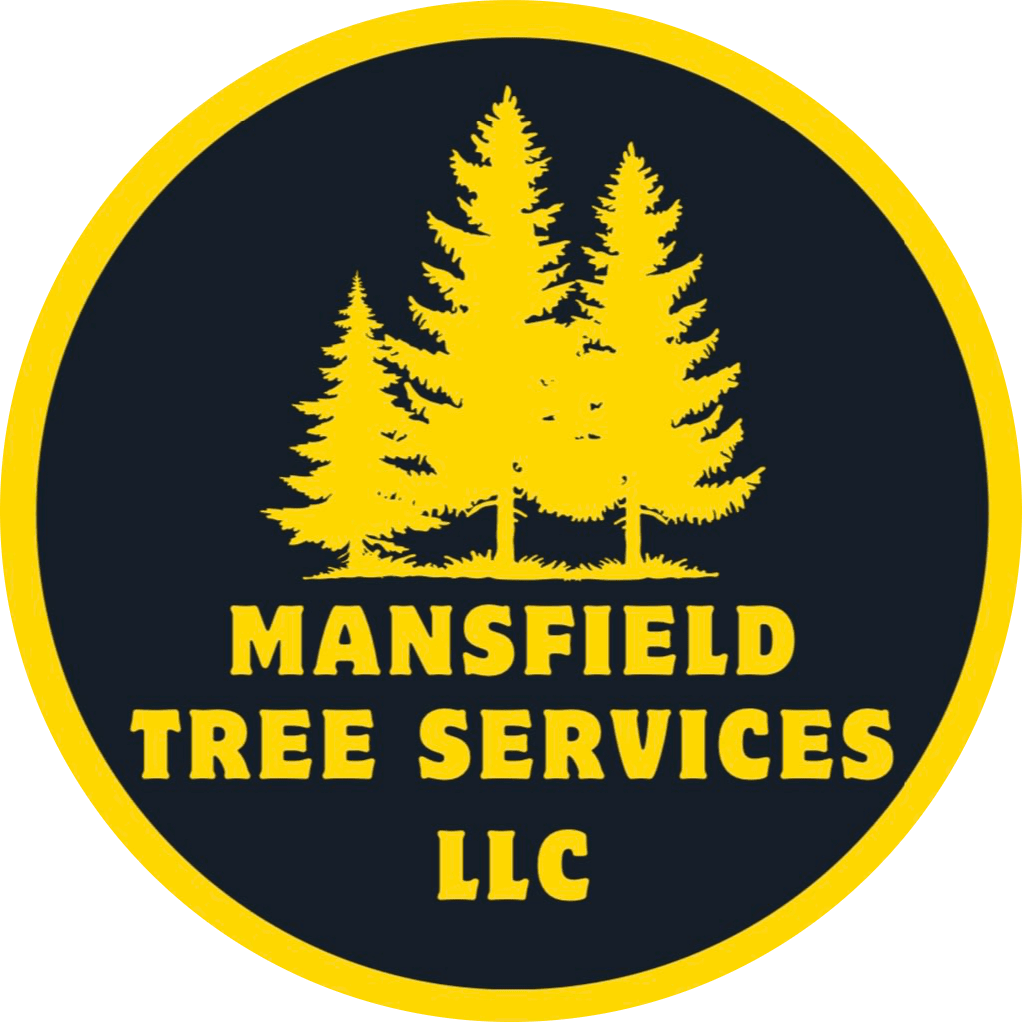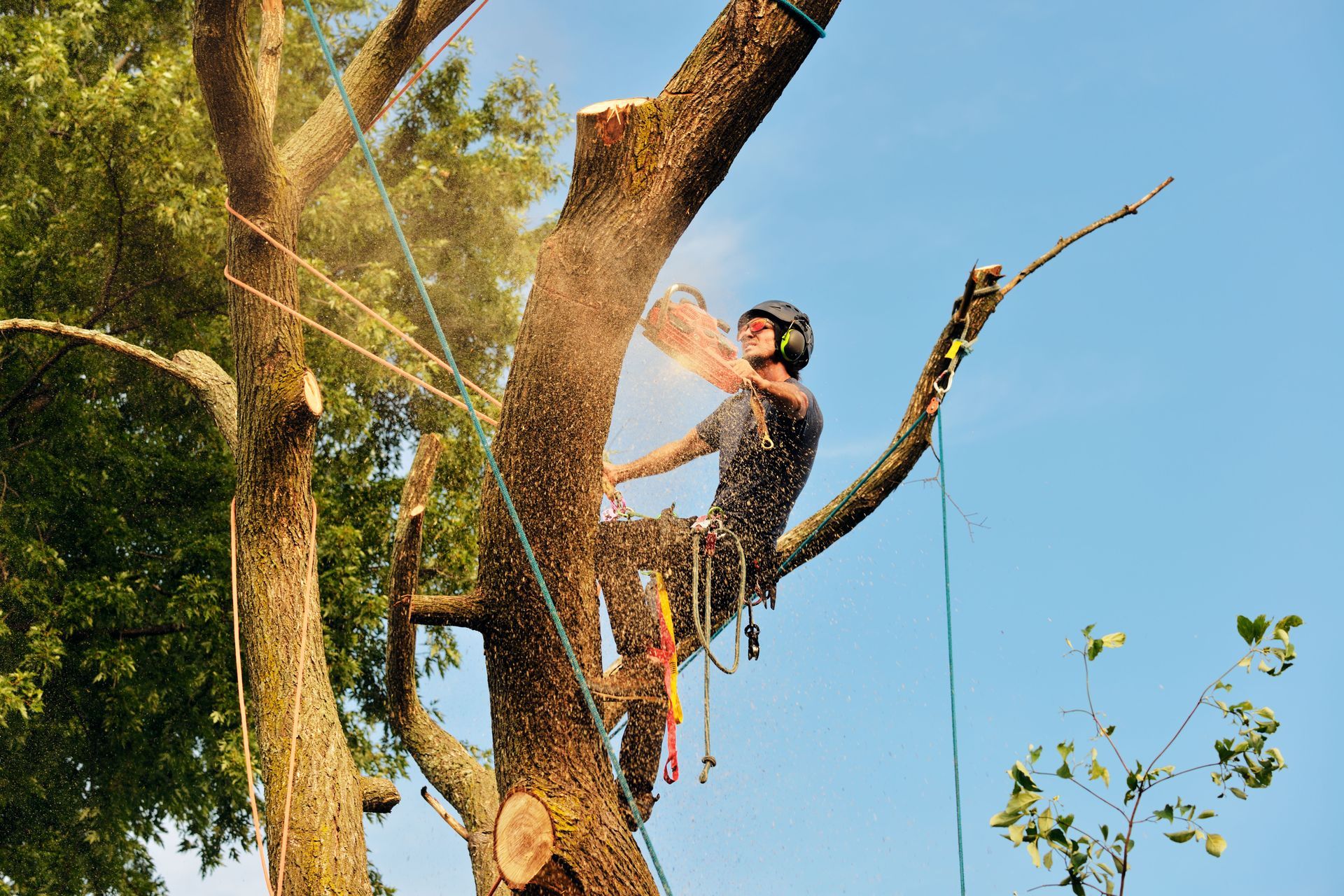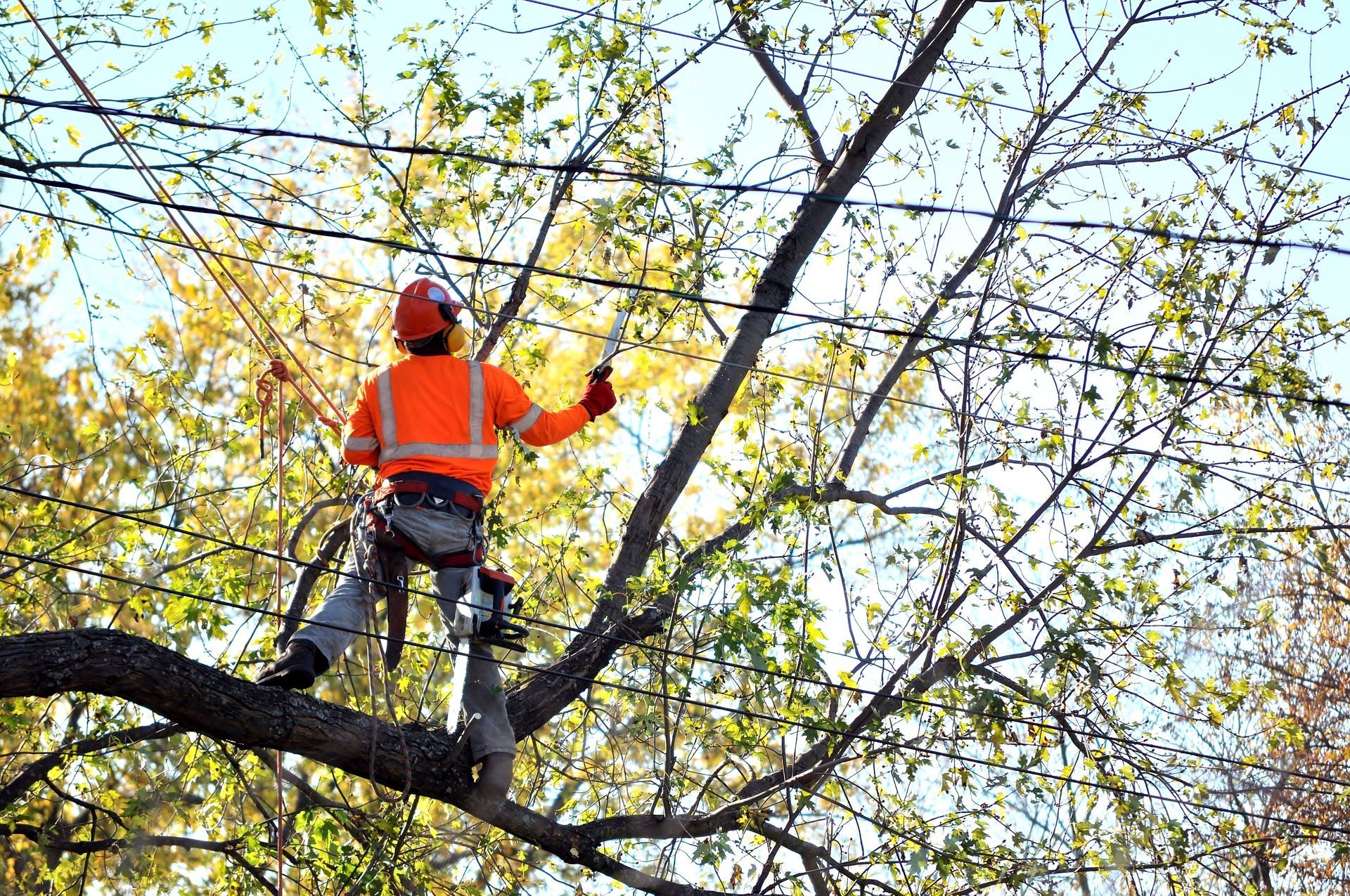September 9, 2025
The practice of tree topping is often misunderstood, leading to assumptions and practices that can harm trees and landscapes. This article aims to illuminate the role of professional tree topping services, exploring their methodologies, benefits, and implications for tree health and landscape aesthetics. Professional tree topping is an essential service for maintaining the balance between human needs and the health of trees, which are integral to our environmental ecosystem. Through this article, we hope to clarify misconceptions and provide insights into why hiring a professional service is crucial. Trees are living organisms that require careful handling, and understanding their biology is imperative for their longevity and health.
1. Understanding the Basics of Tree Topping
Tree topping involves the removal of large branches or trunks from the top of a tree, which is often confused with pruning. Historically, tree topping was a common practice in urban landscaping, aimed at reducing the size and density of trees. Over the centuries, as our understanding of tree biology evolved, the perception of tree topping has shifted significantly. Initially used to manage tree weight and spread, it is now considered potentially harmful if not performed correctly. Understanding this shift is crucial to appreciating modern professional practices.
In the context of urban development, tree topping was notorious for being a quick solution to space constraints. However, as the scientific community delved deeper into the study of trees, the negative impact of improper topping became evident. Modern arborists are trained to distinguish between harmful practices and necessary tree management. Today, tree topping must be approached with a holistic understanding of tree physiology and ecological impact. While tree topping can address issues of overgrowth, incorrect methods can lead to detrimental effects on tree health. This underscores the importance of professional tree service, where risk assessment and careful planning are prioritized.
2. Differentiating Topping From Pruning Practices
Pruning and topping might seem similar at a glance, but they serve distinctly different purposes and utilize different techniques. Pruning is a selective process that involves gently removing specific branches to improve tree health and aesthetics. In contrast, topping indiscriminately cuts the top sections, which can inadvertently compromise the tree’s structural integrity. The intricacies in their application make it important to understand their differences.
Pruning seeks to maintain the tree’s natural form while addressing issues such as deadwood and disease. Meanwhile, topping can often leave wounds that trees struggle to heal, exposing them to pests and pathogens. These differences underline why a professional tree service should focus on pruning to promote growth rather than topping for quick fixes. According to Treehugger, scientists have identified over 60,000 tree species around the world, each with its own care and pruning needs. Professional tree service providers use this knowledge to make the best decision for each tree they manage.
3. Addressing Misconceptions About Tree Topping
Tree topping is often misunderstood, leading to unintentional damage to trees and landscapes. A common misconception is that topping will promote rapid regrowth, which is not true as it can weaken the trees. Many believe topping is necessary for all overgrown trees, but with proper pruning this is rarely the case. Misconceptions also include ideas about cost savings with topping. In reality, improper topping can lead to increased expenses due to future tree health problems, ultimately costing more in long-term care or removal.
Another misconception is that any tree service can perform topping without assessing risks. In truth, only a professional tree service has the training to ensure the practice is safe and beneficial. Even the belief that all trees benefit from topping is misleading, as each tree must be evaluated individually. Professionals advocate for well-researched, species-specific strategies that promote long-term health. By correcting these misunderstandings, tree service providers help homeowners make smarter, healthier choices for their landscapes.
4. Exploring the Science Behind Tree Growth
The science of tree growth is complex, yet critical for understanding the impacts of topping. A tree’s growth depends on its ability to photosynthesize, using leaves to capture sunlight, which topping can drastically affect. Reducing the leaf area through topping disrupts the tree's energy production, hindering its overall growth potential. Arborists study each tree species’ growth patterns before recommending methods that balance aesthetics and biology.
When topped, trees enter a state of stress and regrowth, often producing weak branches as a defensive response. This growth is not as structurally sound as natural growth, leading to potential safety concerns. Professional tree service providers understand how to minimize these risks by applying science-backed methods. They also recognize the role of trees in broader ecological systems, including air quality and biodiversity. By using informed strategies, tree services ensure topping—when appropriate—is performed responsibly and sustainably.
5. Navigating the Legal and Regulatory Landscape
The practice of tree topping, like many aspects of urban landscaping, is subject to legal regulations and local ordinances. Many regions implement rules regarding tree preservation, recognizing the environmental significance of trees in urban areas. Regulations often require permitting for tree topping, ensuring the protection of mature trees and adherence to safety standards. Breaking these regulations can result in fines and legal action against property owners or service providers.
A professional tree service understands the importance of navigating these legal frameworks. They ensure that all necessary permits are acquired before commencing any work, protecting homeowners legally and financially. Compliance safeguards against property damage, liability issues, and community disputes. By prioritizing adherence to local tree laws, tree services provide peace of mind and ensure responsible tree care practices.
6. Recognizing the Benefits of Professional Tree Topping
When necessary, tree topping performed by professionals can enhance tree health. It allows removal of diseased or damaged sections while preserving the tree’s structural integrity. In urban settings, topping alleviates stress caused by pollution, overcrowding, or branch obstruction. Properly managed topping stimulates vigorous and structured regrowth, extending a tree’s lifespan and reinforcing biodiversity. A professional tree service evaluates species-specific needs to ensure that interventions improve overall health.
Professional services also manage tree size, keeping branches safely away from power lines, rooftops, and other structures. This protects properties while allowing trees to continue providing shade and beauty. Safety is another core benefit: professional tree topping reduces the risk of falling branches during storms, making neighborhoods safer. Aesthetic appeal is equally important, as well-shaped trees improve curb appeal and property value. Finally, environmental considerations guide professionals to balance human needs with ecological preservation, supporting long-term sustainability.
7. Applying Safe and Effective Tree Service Techniques
Professional tree topping begins with a careful assessment of a tree’s condition. Arborists evaluate health, structural stability, and growth trends before making any decisions. Their evaluations provide insight into the best approach for managing each tree responsibly. Cutting practices are then applied with precision, using industry standards to minimize stress and encourage healthy regrowth. These methods are developed through training and years of practical experience.
Professional tree service providers also rely on advanced equipment such as aerial lifts, pole saws, and cranes to safely complete tasks. Each tool is chosen for its ability to deliver accurate cuts without harming the tree. Alongside tools, safety protocols are strictly followed to protect workers, property, and surrounding landscapes. This balance of technical skill, equipment, and safety awareness allows tree services to deliver optimal results with every project.
Hiring a professional tree service provides homeowners and communities with expertise, safety, and long-term benefits. From understanding growth science to navigating legal requirements, tree services ensure practices are carried out responsibly. Misconceptions about topping are corrected through education and skilled intervention, helping property owners avoid costly mistakes. Healthy, well-managed trees improve landscapes, strengthen ecosystems, and boost property values. With the support of a professional tree service, homeowners can enjoy beautiful, safe, and sustainable landscapes for years to come. Contact Mansfield Tree Services LLC for quality tree service with a client-focused approach!


